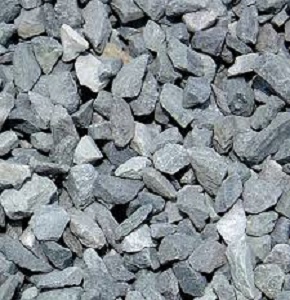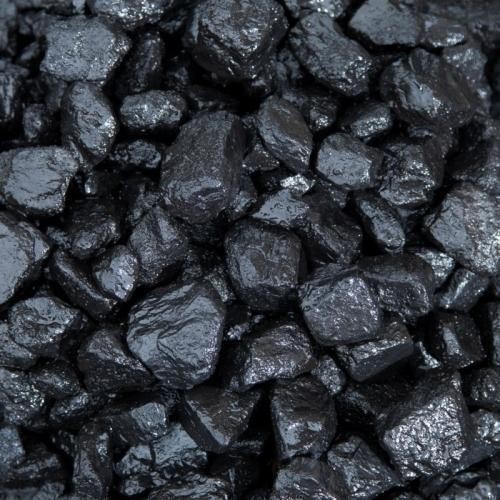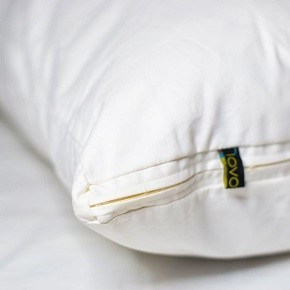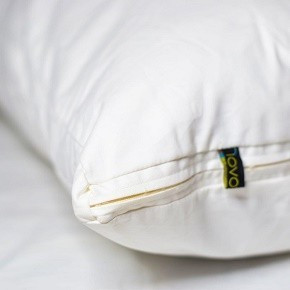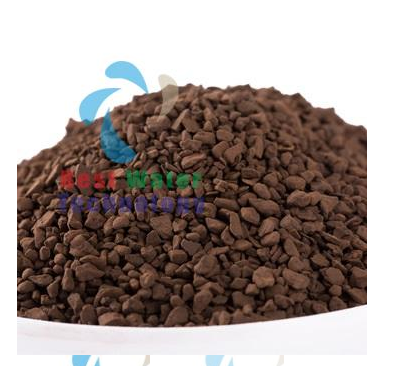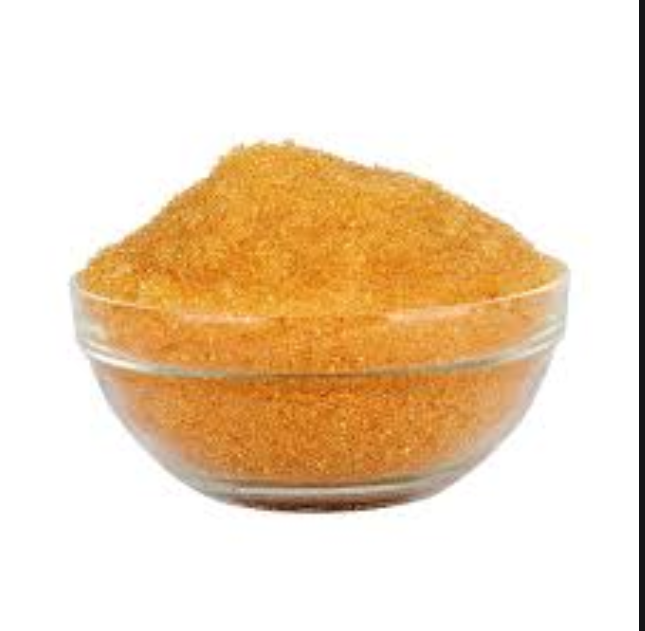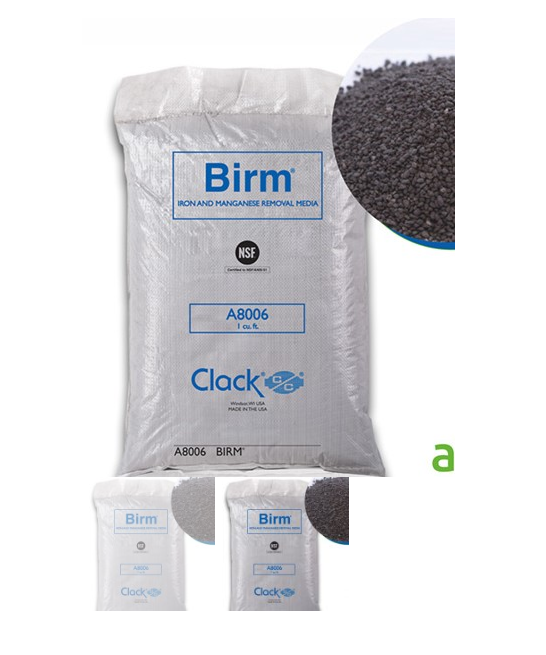



DMI-65 Media- Iron, Manganese, Arsenic, Aluminum, Removal Media
Inhouse product
-
৳245.00
-
৳19,000
৳19,000.00 -
৳599
৳900.00
Reviews & Ratings
DMI-65 Media- Iron, Manganese, Arsenic, Aluminum, Removal Media
For the removal of iron, manganese, arsenic, aluminum, hydrogen sulfide and other heavy metals from water supplies
Infusion Technology: Powerful oxidizing agents are chemically infused to the micro-porous sub-structure of the matrix material. Infusion Technology increases the catalytic surface and gives DMI-65 the highest oxidation rate and load capacity of any other catalytic media. Infusion Technology allows for very small attrition loss and displays no decaying effect or loss or catalysis for up to 5 – 10 years of continuous performance.
DMI-65 protects and pre-treats all other water treatment systems from iron and manganese bio-fouling, effectively longer filter run times, and with the benefit of reduced oxidant demand and because DMI-65 Infusion Technology requires no chemical regeneration,
DMI-65 is the lowest cost of whole life iron and manganese removal media.
DMI-65 CERTIFICATION
Tested and Certified Under Industry Standards: NSF / ANSI 61 by the Water Quality Association of USA Gold Seal Program for safety and health effects for drinking water components.
Authorized by the Drinking Water Inspectorate safe to use according to: Regulation 31(4)(a) of the water supply (Water Quality) regulations 2010 for UK, England and Wales
Engineering (Hydraulic) Data Bed Depth and Water Velocity
Filter media depth needed increases with the decrease in the amount of residual iron and manganese allowed in the filtered water. Maximum bed depth could be just over 1 meter and relates also to the flow capacity of the system and effective height of available filters. Water velocity through the filter should be selected in accordance with the usage of the filtered water, size of water treatment plant, water quality and other factors.
For large drinking water treatment plants the depth of the bed should be selected towards the maximum and the water velocity around 5 m3/m2/hour in any case not more than 10 m3/m2 /hour. This maximizes performance in removing iron and manganese, reduces the frequency of back-washing, reduces power consumption because average pressure drop is lower, and could provide redundancy in case one of the filters is out of order and higher flow rate has to be put through the remaining filters. The upper limit of velocity, up to 30 m3/m2/hour should be used for small bed depth and larger allowed amount of residual iron and manganese in the filtered water.
Pressure drop
The pressure drop is related to the velocity of the water through the cross sectional area of the filter because its usefulness and the simplicity of relating the data to flow rate. The flow rat “Q” in cubic meters per hour can be calculated by multiplying the velocity ‘v” in meters per hour by the filter area “A” in square meters.
Q = v x A
The pressure drop for an initial clean filter depends on the depth of the filter media bed and the water velocity. The chart below shows the pressure drop for 1 meter (3.3. foot) bed depth. For other bed depth the pressure drop can be considered linearly dependent on the bed depth. Therefore, to calculate the pressure drop for 0.6m bed depth you multiply the value for pressure drop found in the chart by 0.6.
Engineering (Hydraulic) Data Back-washing Pressure Drop
The total pressure drop through the filter before back-washing is recommended to be 50kpa and up to a maximum 100 kPa The granules of DMI-65 filter media are micro – porous. The larger the pressure drop, the larger compaction forces are applied to the filter media. The interaction between filter media particles during alternated compaction under normal service and expansion of the bed during back-washing leads in time to deterioration of granules. Back-washing the filter when the pressure drop has increased by 50 kPa from the initial clean filter pressure drop is a good reference. Higher or lower values could be set depending on the application and how long the filter media has to last before changing it. Note that the filter media would not significantly lose the effectiveness in removing the iron and manganese but the loss in head pressure will increase as a clean media bed loads to capacity.
The water velocity for back-washing the filter is recommended to be limited to 40 – 50m3/m2/hour m/hr. This is the same as recommended for ordinary sand filtration. Although it is possible to use not filtered water for back-washing in general this is not a good idea unless the water is relatively clean and the system is set up with a rinse operating mode in addition to filtration and back-washing. At low back-washing velocity longer back-washing time is needed. In general back-washing velocity should be twice the filtration velocity.
Back-washing time should be determined by using a site glass on the discharge backwash line or in some other way observe when the backwash water discharged is satisfactorily clean. Back-washing time could vary from a few minutes to 15 minutes.
A rinse mode can follow back-washing to remove the contaminant solids that would exit the filter before the filter bed is compacted back and operates normally. This mode is not necessary to be implemented in all water treatment systems. Rinse time should be around 30 seconds for small bed depth and 1 minute or a little more for upper limit of bed depth. The required time could be found by checking the presence of contamination in the filtered water when restarting normal filtration operation.
Guideline for DMI-65 backwash velocity related to Bed depth:
Bed Depth Vs Backwash Linear Velocity m3/m2/hour
600mm – LV 30 1100mm – LV42
700mm – LV32 1200mm –LV44
800mm – LV34 1300mm – LV46
900mm – LV38 1400mm- LV48
1000mm – LV 40 1500mm – LV50
Filter freeboard needs to be at least 40% of the bed depth, and backwash bed expansion should roughly be 20 – 50%. Just enough to fully fluidize the bed and turn over all the media thoroughly, but safely enough as to not lose media out the head of the filter.
Suggested Operating Conditions
Linear Velocity and Iron and Manganese Concentrations.
The correct design based on Linear Velocity (LV) versus Iron (Fe) and Manganese (Mn) values is a little more complex to offer an explanation in formula or scale. Successful data provided to DMI-65 users is based on over 15 years of successful installations in over 40 countries worldwide.
For iron removal, flux, or linear velocity is allot higher than manganese. The reaction of iron and chlorine is almost instantaneous and is easily removed through silica sand alone. For example it possible to remove 20ppm of iron down to 0.5ppm. This can be done at a fairly neutral pH range of 7 – 7.5. Removing iron with normal silica sand alone can be done at Linear Velocity (LV) range of about LV8 – 9 m3/m2/hour.
Removing the remaining 0.5ppm of iron to below 0.3ppm or to an undetectable 0.001ppm is much more difficult than removing 20ppm down to 0.5ppm. This is where the DMI-65 advanced oxidation “booster” qualities come into play. DMI-65 has been coined a high performance “polisher” for removing the very smallest traces of iron and simultaneously manganese in the same filter bed.
The extra oxidating quality of the DMI-65 catalytic surfaces allow iron to be effectively removed in pH range of 5.8 – 8.6, however best results again are at basic pH 7 – 7.5. In comparison to silica sand the DMI-65 could filter iron up to LV 16 – 18m3/m2/hour rather than 8 – 9m3/m2/hour.
Manganese removal is far more difficult to remove than iron removal. DMI-65 Infusion Technology is tailor made to maximize the ease of manganese removal and especially simultaneously with iron removal (In the same filter bed). Manganese requires far greater detention time and is very pH dependent for successful removal.
DMI-65 is believed to be the highest performing product on the market for manganese removal, capable of removing 2 – 3ppm through a single filter if the pH is maintained and LV is suitable. Manganese is best removed with DMI-65 as close to pH 8 as possible and at an LV of about 5 – 10m3/m2/hour, about half that of an LV used for iron removal.
The complicated thing to account for in every water matrix is the combination of iron and manganese as iron will be removed first in the upper part of the filter bed and then manganese will be removed latter in the bottom part of the filter bed. This is why some times using two filters in series allows greater linear passing of the raw water and greater polishing while halving the backwash velocity between two filter beds.
As a guide, all successful DMI-65 case studies have demonstrated, the higher the concentration of iron and manganese the slower the LV should be. If the is very low amounts of iron and particularly manganese then higher the LV can be – having a significant effect on the cost of the initial plant setup.
As a guide we recommend these conservative limits given that the water is under 5NTU for TDS:
Iron
0.3ppm – 1ppm = LV 15 – 20m3/m2/hour is possible
1ppm – 5ppm = LV 10 – 15m3/m2/hour is acceptable and is a common standard.
5ppm – 10ppm = LV 10m3/m2/hour is acceptable and is a common standard.
10ppm – 15ppm = LV 7 – 9m3/m2/hour is acceptable and is a common standard
Greater than 15ppm = LV 5 – 7m3/m2/hour
All at a neutral pH of 6.8 – 7.2 if possible
It is often the case as in the harsh Australian climate to have water sources with iron concentrations upward of 50ppm. In this instance is best to use a holding tank to pre-oxidise by aeration and let the iron coagulate and settle to the bottom of the tank this will knock out 90% of the iron leaving a much more accommodating water concentration of 5ppm to be polished out by the DMI-65 at a LV of 10 – 15m3/m2/hour.
Manganese
0.5ppm – 1ppm = LV 8 – 10m3/m2/hour
1ppm – 2ppm = LV 5 – 7m3/m2/hour
Greater than 2ppm would require the same technique above by dosing the holding tank with chlorine and allowing about 10 to 15 minutes detention time to oxidise the manganese, the remaining manganese that has not oxidised will be polished out the but the DMI-65.
All at a pH of as close pH8 as possible.
Iron and Manganese
Typically iron and manganese exist together in ground water sources at low levels of under
2ppm and 1ppm respectively. In these sorts of conditions I recommend the following:
Iron 2ppm – Manganese 1ppm = LV 8 – 9m3/m2/hour as close to pH 7.5 – 8 as possible.
If the Iron concentration is higher than 2ppm and has some manganese, than slow LV down to between perhaps 7 – 8m3/m2 hour and maintain pH as close to 7.5 – 8 as possible.
If the manganese concentration is higher than 1ppm and there is considerable iron say 2 – 3ppm also, than the water matrix is very dependent on a slow LV of 5 – 7m3/m2/hour and pH 8 is highly necessary.
For any water matrix that contains high iron (considered to be above 15ppm) and high manganese (considered this to be 3ppm) than the same method of pre-treatment is recommended.
Disclaimer: The information and recommendations provided are true and based on accurate case studies and professional experience. The Information and Performance guides are offered in good faith and without warranty. Quantum Filtration Medium Pty Ltd recommends DMI-65 users conduct pilot trials and demonstrate a point of proof for all commercial applications. The DMI-65 is guaranteed to be of the highest quality as described by the packaging, literature and as certified by the Water Quality Association of the USA to NSF/ANSI 61 gold standards
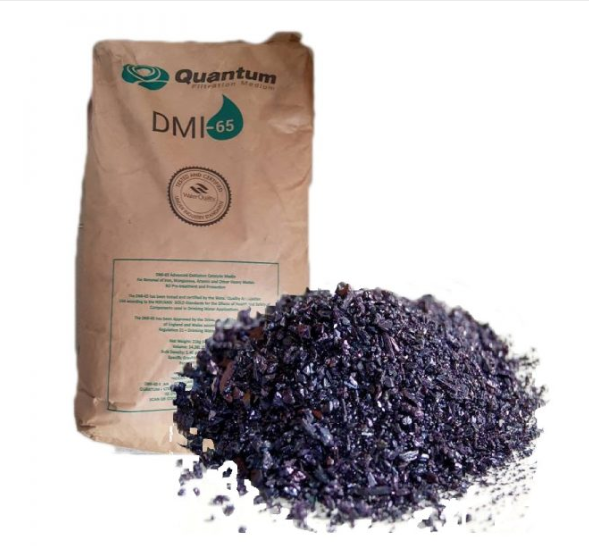
For more information Call Us : 01674368628 OR message Us:
https://www.facebook.com/TechnoPowerBangladesh/inbox
Related products
Best Manganese Sand
Product Queries (0)
Login Or Registerto submit your questions to seller
Other Questions
No none asked to seller yet
-
৳245.00
-
৳19,000
৳19,000.00 -
৳599
৳900.00
